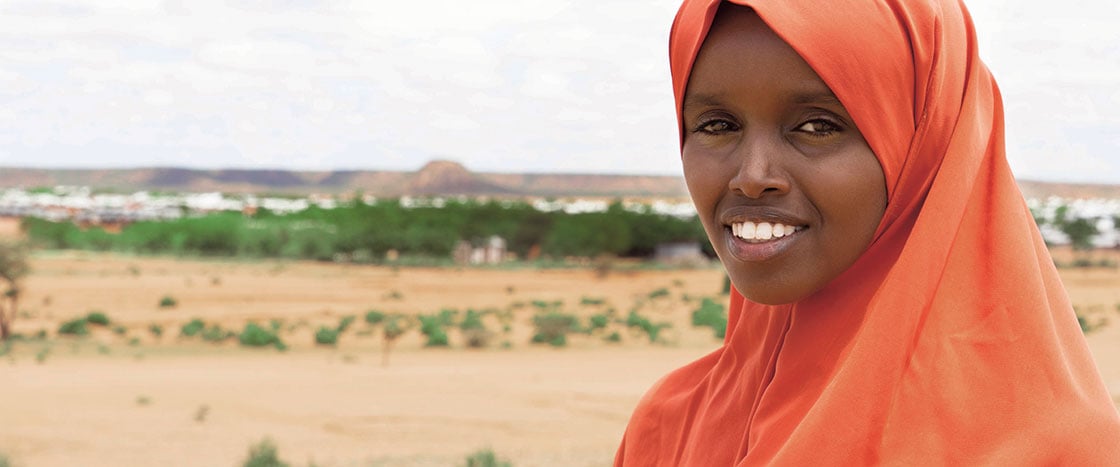No one plans to become a refugee—to flee your home because your life is in danger. Yet today, there are 25.9 million refugees, more than the world has seen in nearly a century.
There are many reasons a person might become a refugee.
Maybe you live in a country torn apart by war, and your house was bombed to rubble.
Maybe you live in a place where you and your family are being attacked for your religious beliefs.
Maybe you live in a region plagued by famine, and you are facing starvation.
Or maybe you are like 15-year-old Bilan [BEE-lawn], and you were chased from your home by violence.
No one plans to become a refugee—to flee your home because your life is in danger. Yet today, there are 25.9 million refugees. That’s more than the world has seen in nearly 100 years.
There are many reasons a person might become a refugee.
Maybe you live in a country torn apart by war, and your house was bombed to rubble.
Maybe you live in a place where you and your family are being attacked for your religious beliefs.
Maybe you live in a region plagued by famine, and you are facing starvation.
Or maybe you are like 15-year-old Bilan [BEE-lawn], and you were chased from your home by violence.


